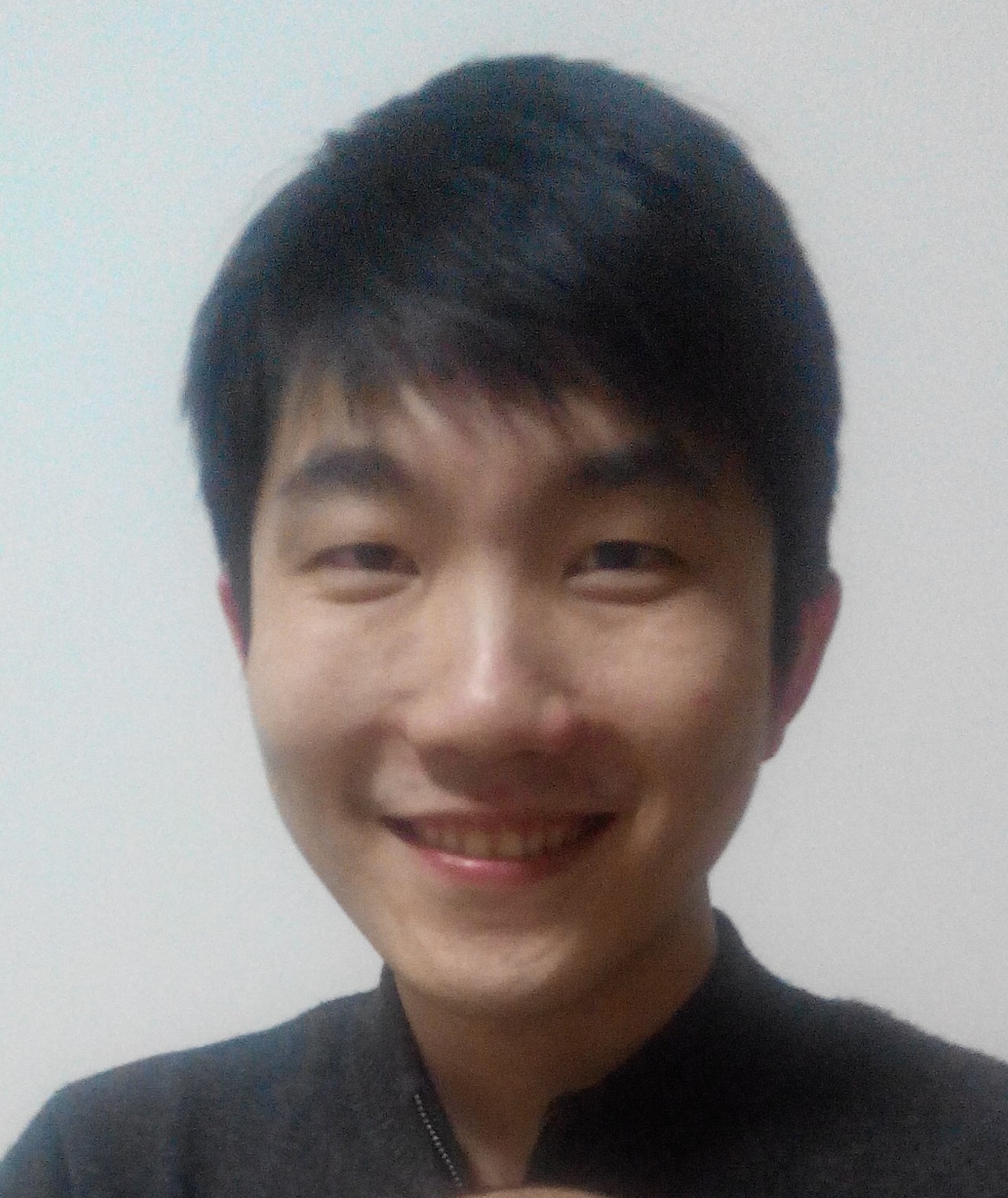Medical Physics Seminar – Monday, March 7, 2016
Diagnostic Classification of Solitary Pulmonary Nodules Using Dual Time PET/CT Radiomics Features

Song Chen, MD (hosted by Dr. Robert Jeraj)
Attending Physician, Dept of Nuclear Medicine, The 1st Hospital of China Medical University, Honorary Associate/Fellow, Dept of Medical Physics, UW-School of Medicine & Public Health, Madison, WI - USA
Lung cancer is the most common cancer worldwide, which usually is present as Solitary Pulmonary Modules (SPNs) on early diagnostic images. Classification of malignant disease at this early timepoint is critical for improving success of surgical resection and increasing 5 year survival. This study aimed to determine whether quantitative heterogeneity derived from various radiomics features on dual time PET images (DTPI) can help to differentiate between malignant and benign SPN.
Support Vector Machine (SVM) classifiers were made to classify the lesions into malignant and benign using radiomics features. We compared the performances of classifiers, commonly used clinical metrics and visual analysis. SVM classifiers build on both early and delayed PET/CT radiomics features outperformed other methods (clinical metrics and visual analysis) in sensitivity, specificity, and accuracy. Three PET features (busyness, coarseness and cluster prominence) were critical in ability to discriminate benign from malignant nodules.
This study showed heterogeneity, quantified by texture features on DTPI PET images, was useful for discriminating benign from malignant nodules, especially on delayed images. SVMs using texture features extracted from both timepoints in DTPI PET/CT images achieved significant improvements over standard clinical metrics in discriminating benign from malignant nodules.